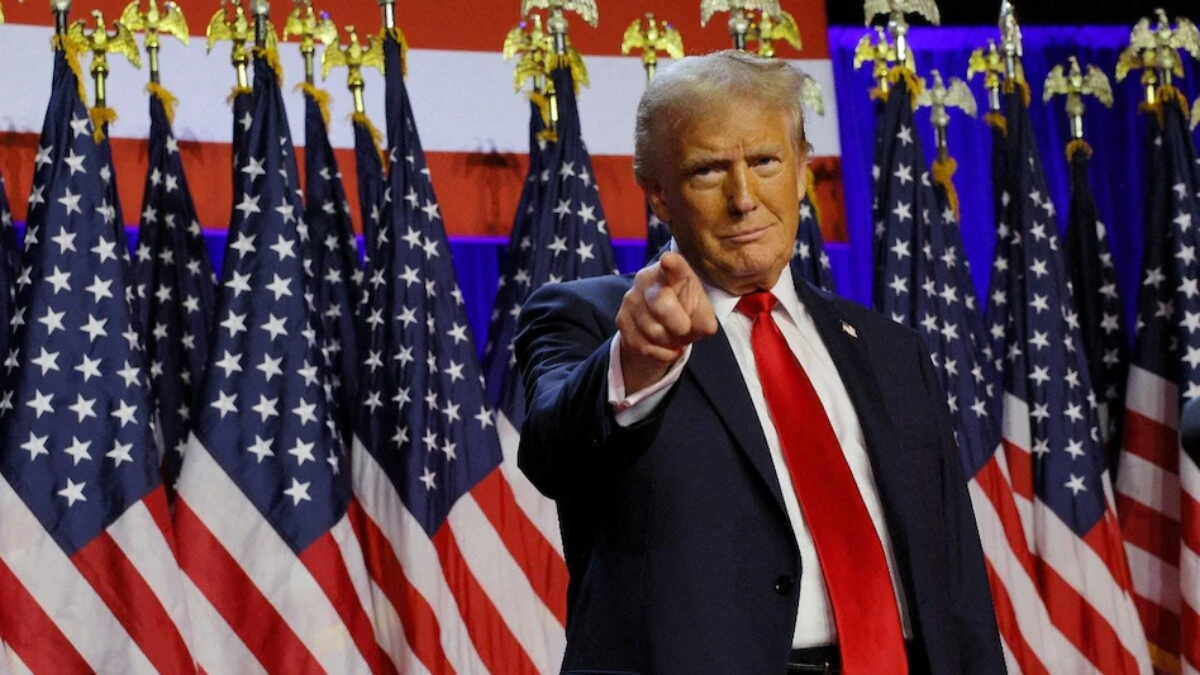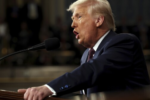As the U.S. economy navigates post-pandemic recovery, former President Donald Trump’s upcoming tariffs are set to have significant repercussions for industries across the country, including in Indiana. Known as a major manufacturing hub, Indiana’s economy could face challenges in the wake of new tariffs on imports, particularly those related to steel, aluminum, and other goods. Hoosiers—residents of Indiana—will feel the effects in a variety of ways, from price increases to changes in employment trends.
The Basics of Trump’s Incoming Tariffs
Trump’s administration is reintroducing tariffs on goods coming from specific foreign markets. These tariffs target a range of products, with particular attention given to imports that threaten domestic industries. For Indiana, a state known for its automotive and manufacturing sectors, this could mean rising costs and disruption in supply chains. The tariffs could increase the cost of raw materials for businesses, leading to higher prices for finished goods, which ultimately trickles down to consumers.
Impact on Indiana’s Manufacturing Sector
Indiana is home to a diverse manufacturing base, including significant automotive, steel, and machinery production. Trump’s tariffs will directly affect these industries by making imported goods more expensive. In particular, manufacturers who rely on steel and aluminum imports could see a significant rise in production costs. This will be especially challenging for auto manufacturers like General Motors and Stellantis, both of which operate large facilities in Indiana. Higher material costs could force companies to raise prices on consumer products, which could affect sales and reduce profit margins.
Furthermore, local suppliers who sell parts to these manufacturers will also be impacted. With increased costs across the board, businesses may struggle to stay competitive. Smaller manufacturers and suppliers that depend on affordable imported goods could face serious financial pressure, leading to potential layoffs or closures.
Job Market Uncertainty in Indiana
The potential fallout from Trump’s tariffs could also affect the job market in Indiana. While tariffs are designed to protect domestic industries, they could end up disrupting jobs in other sectors. For instance, businesses that rely on imported goods for resale—such as retailers and wholesalers—may face higher operating costs, which could result in higher prices for consumers. As a result, demand for goods could drop, impacting businesses that are already navigating a delicate post-pandemic recovery.
In the long run, certain industries may also experience job losses as companies are forced to adjust to higher costs. The impact on jobs could be especially noticeable in sectors that rely heavily on international trade. Hoosiers working in logistics, retail, and other affected sectors may experience job uncertainty as companies navigate the increased cost of doing business.
Inflationary Pressures and Consumer Spending
Another impact of Trump’s incoming tariffs on Hoosiers could be inflationary pressure. As the cost of goods rises due to tariffs on imports, the price of consumer products could increase, leading to higher living costs for families across the state. Essential items, such as groceries, gasoline, and household goods, could become more expensive, straining household budgets. This inflationary pressure may prompt consumers to reduce discretionary spending, which could slow down economic activity in retail and other sectors.
For example, small businesses in Indiana that import products to sell could be forced to either raise prices or reduce their profit margins. This price hike might push consumers to seek cheaper alternatives, possibly affecting the local economy.
Tariff Effects on Hoosier Farmers
Indiana’s agriculture industry could also feel the sting of Trump’s incoming tariffs, especially in the export market. Many Hoosier farmers rely on international markets for selling their products. With higher tariffs on agricultural imports, there’s the potential for retaliatory tariffs from foreign governments, which could reduce demand for Indiana-grown crops and livestock. Farmers could face financial setbacks if their goods become more expensive for overseas buyers, or if foreign competitors can sell similar products at lower prices.
Conclusion
Trump’s incoming tariffs are poised to have a multifaceted impact on Hoosiers, with repercussions for manufacturing, agriculture, and the broader economy. While tariffs are meant to protect U.S. industries, they also have the potential to increase costs, disrupt supply chains, and create job market uncertainties in Indiana. As the state continues to recover from the pandemic, it is important for Hoosiers to stay informed about these changes and prepare for the potential economic challenges ahead.
For more detailed coverage on how tariffs affect local industries, visit Reuters.
Disclaimer – Our team has carefully fact-checked this article to make sure it’s accurate and free from any misinformation. We’re dedicated to keeping our content honest and reliable for our readers.








